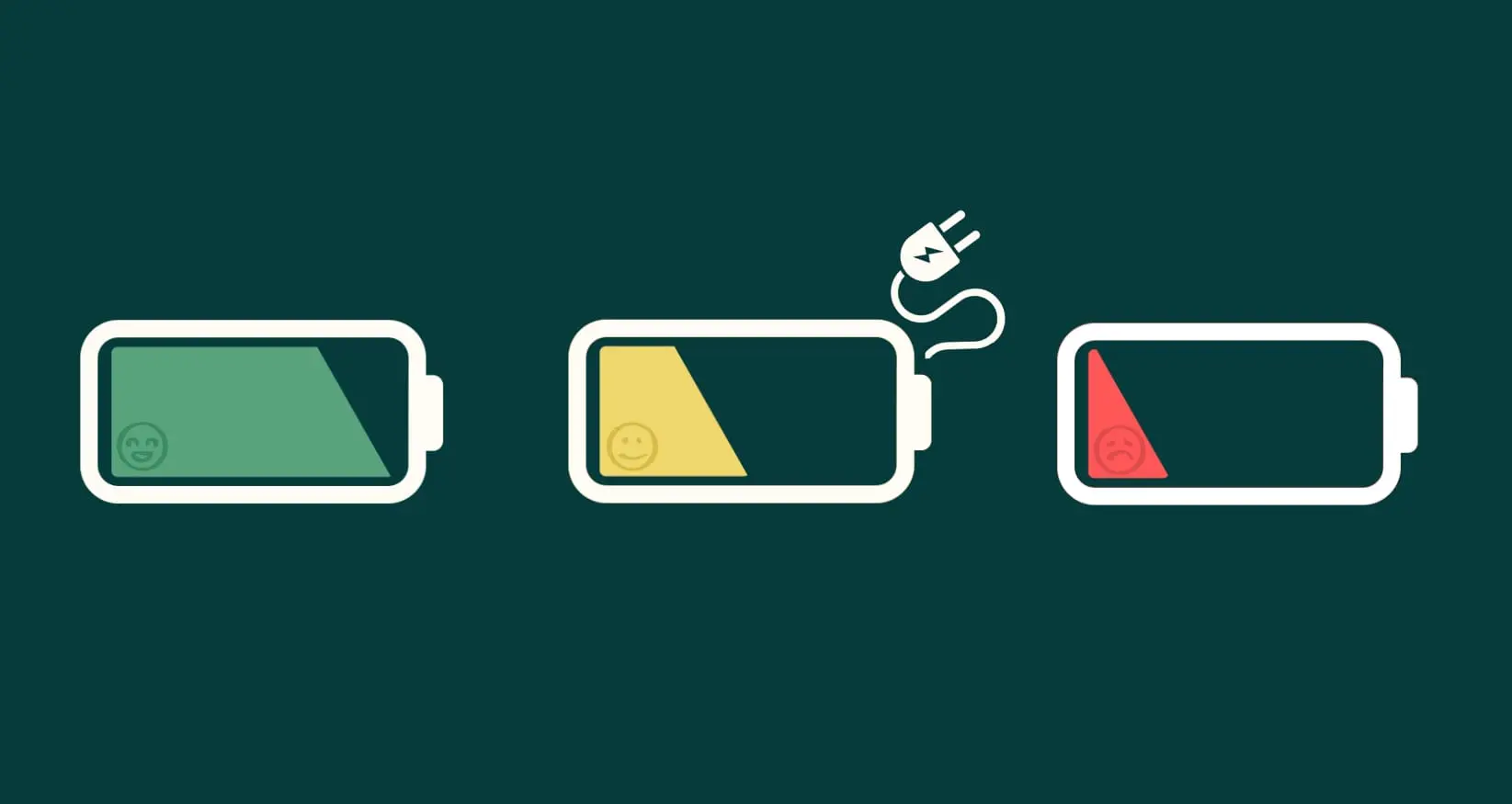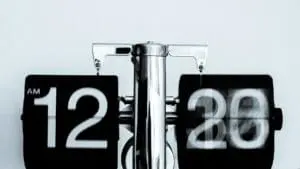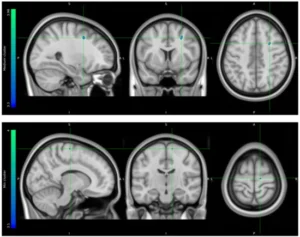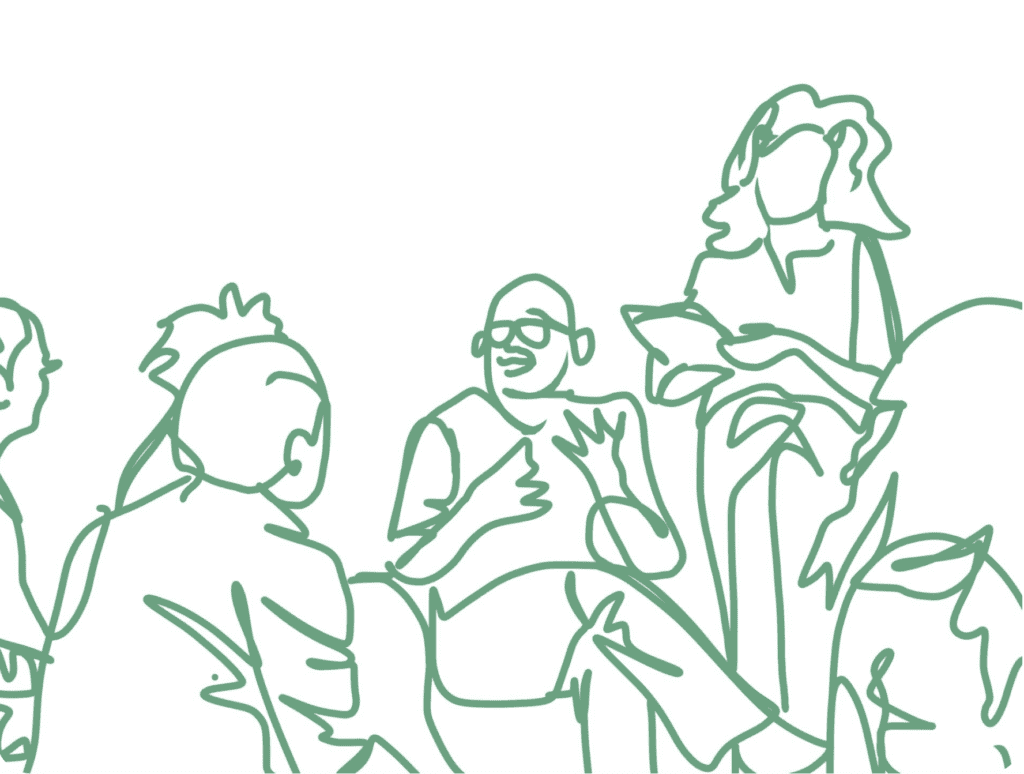Breaks in the workday can be crucial for maintaining productivity, creativity and quality and preventing mental fatigue and errors.
In this article, we’ll explore why, how and when you should take breaks during your workday.
Why are breaks important?
Breaks are important for many reasons. Simply put, there are two types of attention: focused and unfocused.
When you work, you use focused attention to accomplish your tasks. This kind of focus keeps you sharp and able to complete tasks efficiently and accurately. The downside of focused attention is that you use up brain power and need to recharge regularly to maximize your work capacity and avoid fatigue and errors.
In order to recharge your brain capacity, you need unfocused attention. This is a state where you remain open and observant to your external and/or internal sensations without analyzing them. Here you also increase your ability for creative problem solving and innovation.
The general recommendation is a maximum of 90 minutes of focused attention followed by 10-15 minutes of unfocused attention to recharge.
For many, it can be difficult to prioritize unfocused attention during the workday. It’s important to remember that a little is much better than nothing. Research shows that even a 30-second break can lower stress levels in the body.
What is the status quo in Denmark?
Although the importance of breaks during the working day is now widely recognized, it is difficult for many to implement them. A report from the National Research Center for the Working Environment found that more than half of those surveyed rarely or never had the opportunity to take breaks while working. The Danish Working Environment Authority states that the reasons can be due to factors such as work pressure, stress, lack of knowledge about the importance of breaks and lack of attention from management.
Do you recognize yourself in not taking breaks? If so, it can be rewarding to reflect on what you experience as the reason for this?Tips for making the most of breaks
Plan and structure your breaks in advance.
This helps you ensure you actually take breaks and makes them more effective by avoiding spontaneous distractions. Autonomy in planning is important.
Take many short breaks rather than one long break.
Short breaks help keep your energy and concentration stable throughout the day, while long breaks can make it harder to get back into the work rhythm.
Don’t skip lunch.
Eating lunch gives your body the energy it needs and helps maintain stable blood sugar levels, improving your concentration and productivity.
Change the environment, it helps the brain switch to unfocused attention.
Changing your surroundings can help your brain “reset” and reduce mental fatigue.
Get some fresh air.
Fresh air and natural light can improve your mood and energy levels, making you more productive after your break.
Use exercises to help you with unfocused attention
- Body awareness exercises:
- These exercises can help reduce stress and increase your overall wellbeing.
- Conscious breathing:
- These exercises can help reduce stress and increase your overall wellbeing.
- Mindfulness:
- These exercises can help reduce stress and increase your overall wellbeing.
- Stretching the body:
- These exercises can help reduce stress and increase your overall wellbeing.
Get your circulation going with a walk, for example
Physical activity, like walking, can increase blood flow to the brain, improving your mental clarity and energy.
Do something you enjoy during your break that you know works for you, such as listening to music.
Doing something you enjoy can help you relax and recharge your energy, making you more productive afterwards. It’s important that the break feels meaningful.
Consider whether you should be social. Sometimes a social break can be perfect and other times it will drain your energy.
Social interactions can be energizing or exhausting depending on your personality and situation, so choose what suits you best in the moment.
Avoid work-related tasks. It may go without saying, but for many it’s easier said than done.
To get the full benefit of a break, it’s important to let your brain relax and avoid thinking about work. Avoid screen-related activities if possible, as time away from the screen is better for mental relaxation.
Pauses and scrolling
We all know the feeling. Suddenly 5, 10 or 30 minutes have passed and all we’ve done is scroll. 67% of Danes spend an average of almost two hours a day on social media. Whether scrolling can be considered a break is debatable. It may provide a break from a stressful task and be useful for some people. However, it will still strain the brain as social media makes it difficult to switch to unfocused attention. Constantly switching between different content on social media can lead to the brain having to constantly adapt to new information and stimulation, which can lead to higher levels of fatigue and less efficiency. Therefore, it is recommended to limit or completely avoid screen time and social media to take breaks in a more recharged way. Take inspiration from the advice above.
The Pomodoro technique
If you forget to take breaks, try the Pomodoro technique to see if it makes sense for you. The technique is a simple time management technique that can help improve your productivity and concentration. The technique is named after a tomato-shaped kitchen timer, which is a key element of the technique. The technique involves working in short, intense intervals of 25 minutes, followed by a short break of 5 minutes. These intervals are called pomodoro, and after every fourth pomodoro, a longer break of 15-30 minutes is taken. The purpose of the pomodoro technique is to help you focus on a single task at a time and avoid distractions such as emails, phone calls and social media. By working in short intervals with breaks in between, you can improve your concentration, reduce stress and increase your productivity. You can try out the technique here.
Summary
Breaks are an important tool to avoid fatigue, mistakes and increase creativity and problem-solving ability. Being aware of how to make the most of your breaks is crucial to maintaining job satisfaction and performance. However, implementing breaks into the workday can be challenging, but planning and structuring breaks in advance and changing the environment can help. The Pomodoro technique can be a useful time management method to improve productivity and concentration. Keep in mind that even a short 30-second break can help you lower stress levels and recharge your brain power.
References
- Erhvervsindsigt.dk: “Pauser øger effektiviteten på arbejdspladsen” (2022) Link
- Health Group: “Mentale pauser: Vejen til øget produktivitet på arbejdspladsen?” (2024) Link
- VPT.dk: “Podcast om vigtigheden af pauser og restitution” (2020) Link
- NFA.dk: “Ny rapport fastslår: Indflydelse en vigtig faktor i arbejdsmiljøet” (2021) Link
- Joblife: “6 gode råd om aktive pauser i arbejdstiden” (2022) Link
- Udforsk Sindet: “Vigtigheden af at tage aktive pauser på arbejdet” (2023) Link












